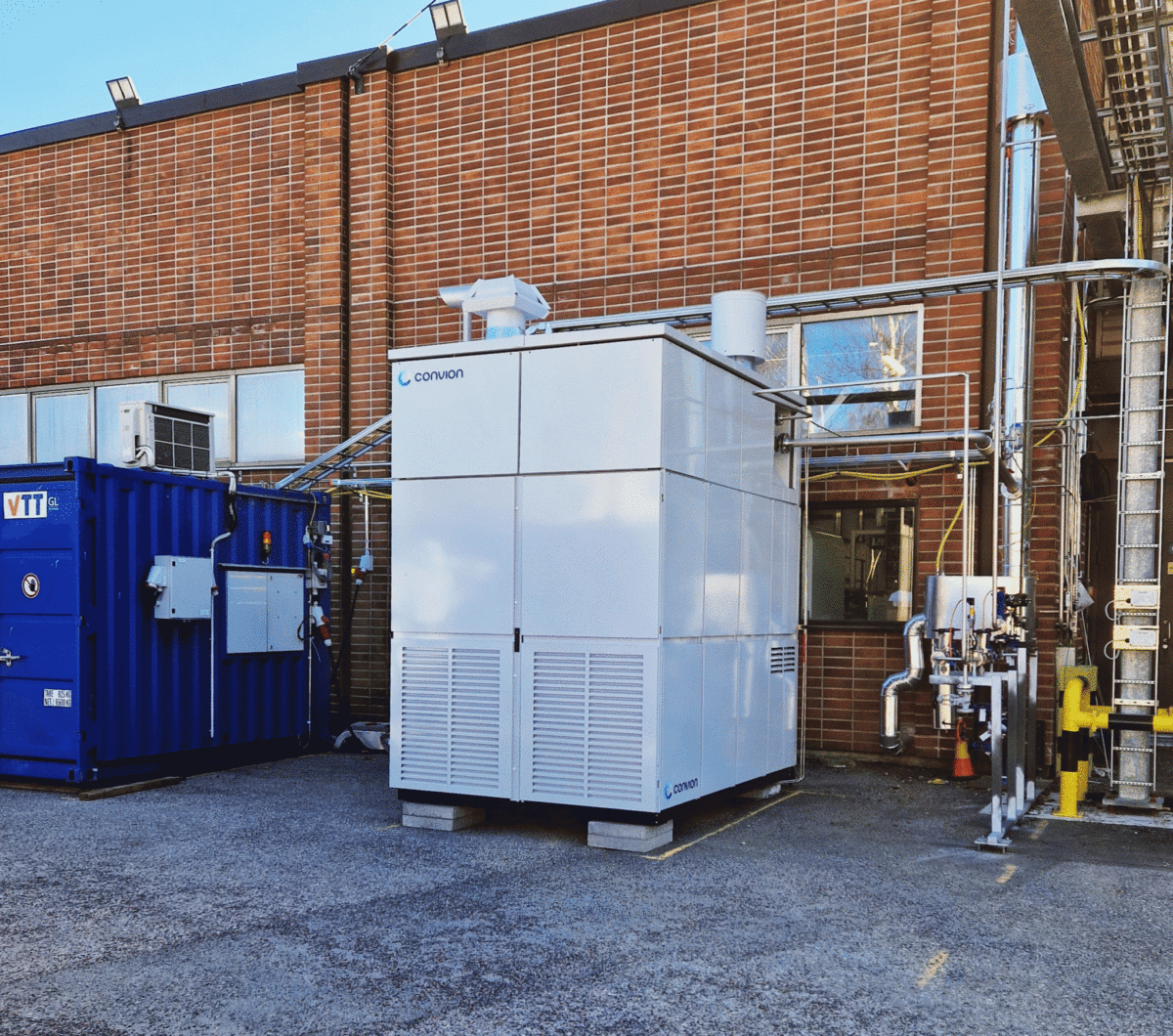Elcogen and Convion have concluded a test period of 2000 hours of “the first-of-a-kind” Convion Solid Oxide electrolyser equipped with Elcogen’s cell technology last week. The test campaign included steady state operation and 1000 rapid power cycles. “System performance was very high with electrical efficiency over 85%, equating to 39kWh of electrical energy per kilogram of green hydrogen produced. In the context of electrolysis, that is 20-30% less electricity when compared with competing PEM and alkaline technologies,” said the Estonian company in an emailed press release. The steam electrolyser is based on Elcogen’s Solid Oxide cell and stack technology implemented in Convion’s steam electrolyser system platform.
The Hydrogen Energy Association (HEA) has launched the United Kingdom's first free-to-access Hydrogen Projects Map. The hydrogen trade association has brought together hydrogen projects across the value chain, mapping them for the first time. “The HEA has mapped more than 70 low-carbon hydrogen production projects that are in operation or advancing quickly towards final investment decisions,” said the HEA. “The first wave of large-scale electrolytic hydrogen projects will be in operation in 2025. Aberdeen H2 Hub (400MW), Cromarty Hydrogen Hub (300MW), Lowestoft hydrogen production facility (200MW) and Hybont (250MW) are some of these pioneering projects.”
Australia's Northern Territory government has awarded “Major Project Status” to TE H2's 1 GW Darwin H2 Hub. Major Project Status is a formal recognition of a project's significance through its contribution to economic growth, decarbonization, employment, and renewable energy supply chains, which could lead to faster approvals “With our abundant solar resources and our strategic location to support exports into the Indo-Pacific, the production of green hydrogen is a key opportunity for the Territory to address the growing demand for this green energy globally,” said Chief Minister Eva Lawler in a press release. TE H2 is a joint venture formed by TotalEnergies and EREN.
Equinor and RWE have agreed to jointly develop a large-scale energy value chain. They aim to replace coal-fired power plants in Germany with hydrogen-ready gas-fired power plants and to build a production of low-carbon, renewable hydrogen in Norway that will be exported via a pipeline to Germany. The Norwegian company said that it plans to capture and permanently store more than 95% of the CO2 beneath the seabed off Norway.
Woodside and South Korea’s SK E&S have agreed to enable studies on the potential development of a lower-carbon hydrogen value chain, including hydrogen and ammonia. “[We] plan to jointly explore opportunities relating to long-term ammonia and hydrogen offtake arrangements, equity participation in ammonia and hydrogen production projects, and project engineering supply opportunities,” said Woodside.
This content is protected by copyright and may not be reused. If you want to cooperate with us and would like to reuse some of our content, please contact: editors@pv-magazine.com.



They conveniently forget to mention that this also requires some thermal energy input, because 39KWh is less than the energy in 1Kg of hydrogen, which is 39.39KWh, which makes the electrolyzer 101% efficient from an electricity perspective.
Although additional terminal energy input can reduce the electricity demand for electrolysis, the total system efficiency tends to reduce slightly, so this approach would only work where there is a free source of high grade/temperatue thermal energy.
There’s no such thing as a free lunch.